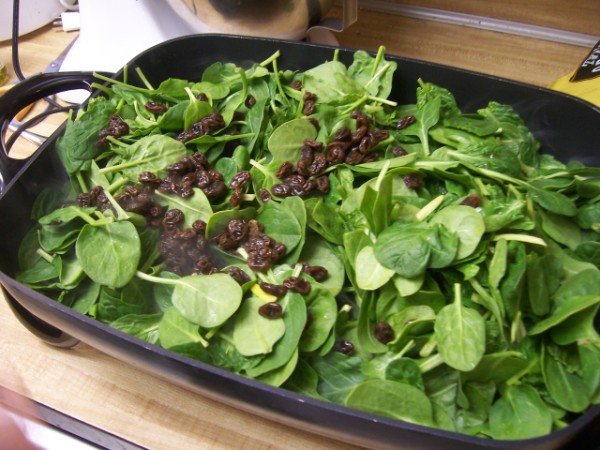By CARLA K. JOHNSON, AP Medical Writer Carla K. Johnson, Ap Medical Writer – Mon Feb 14, 4:35 pm ET
CHICAGO – Eat more fiber and you just may live longer.
That’s the message from the largest study of its kind to find a link between high-fiber diets and lower risks of death not only from heart disease, but from infectious and respiratory illnesses as well.
The government study also ties fiber with a lower risk of cancer deaths in men, but not women, possibly because men are more likely to die from cancers related to diet, like cancers of the esophagus. And it finds the overall benefit to be strongest for diets high in fiber from grains.
Most Americans aren’t getting enough roughage in their diets. The average American eats only about 15 grams of fiber each day, much less than the current daily recommendation of 25 grams for women and 38 grams for men, or 14 grams per 1,000 calories. For example, a slice of whole wheat bread contains 2 to 4 grams of fiber.
In the new study, the people who met the guidelines were less likely to die during a nine-year follow-up period.
The men and women who ate the highest amount of fiber were 22 percent less likely to die from any cause compared to those who ate the lowest amount, said lead author Dr. Yikyung Park of the National Cancer Institute.
The study, appearing in Monday’s Archives of Internal Medicine, included more than 388,000 adults, ages 50 to 71, who participated in a diet and health study conducted by the National Institutes of Health and AARP.
They filled out a questionnaire in 1995 or 1996 about their eating habits. It asked them to estimate how often they ate 124 food items. After nine years, more than 31,000 of the participants had died. National records were used to find out who died and the cause of death.
The researchers took into account other risk factors including weight, education level, smoking and health status and still saw lower risks of death in people who ate more fiber.
“The results suggest that the benefits of dietary fiber go beyond heart health,” said Dr. Frank Hu of the Harvard School of Public Health, who wasn’t involved in the new research but co-authored an editorial in the journal.
The evidence for fiber’s benefits has been strongest in diabetes and heart disease, where it’s thought to improve cholesterol levels, blood pressure, inflammation and blood sugar levels. Fiber’s benefits also may come from its theorized ability to bind to toxins and move them out of the body quicker. High-fiber diets can promote weight loss by making people feel full, which has its own health-promoting effects.
However it works, fiber may offer a prevention benefit against killers like pneumonia and flu, the new study suggests. The cancer benefit may have shown up only in the men because they’re more likely than women to die from cancers related to diet, Park said.
Fiber is found in fruits, vegetables and beans. But fiber from grains was most strongly tied to the lowered risk in the study.
“That’s what seemed to be driving all these relationships,” said Lawrence de Koning of the Harvard School of Public Health, a co-author of the editorial.
Whole grains also contain vitamins and minerals, which may play a role in reducing risk, he said. For that reason, supplements may not be as effective.
“Nothing beats the original food,” he said. He suggested substituting whole wheat bread for white bread as a simple way to increase fiber from grains.
What does a high-fiber diet look like? A woman who wants to meet the 25 gram guidelines for daily fiber intake could eat one-third cup of bran cereal (9 grams), a half cup of cooked beans (10 grams), a small apple with skin (4 grams) and a half cup of mixed vegetables (4 grams).
To reach 38 grams, a man could eat all that — plus about 23 almonds (4 grams), a baked potato (3 grams), an oat bran muffin (3 grams) and an orange (3 grams).
Experts recommend adding fiber gradually to allow your digestive system time to get used to it.
http://news.yahoo.com/s/ap/20110214/ap_on_he_me/us_med_high_fiber_longer







